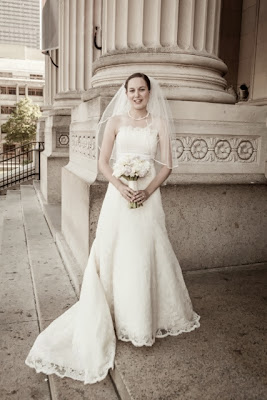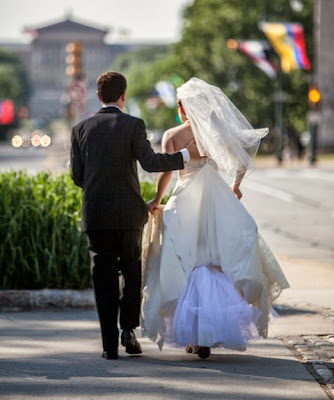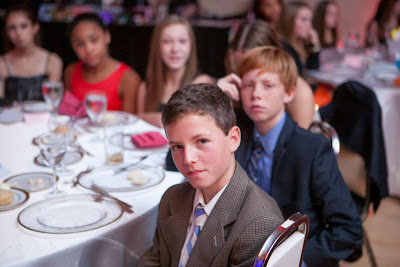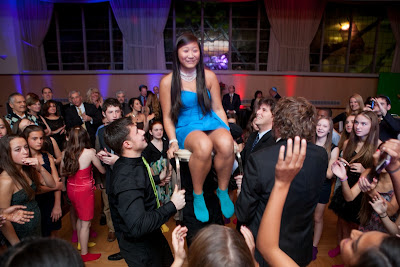We have done headshots for many actors over the years. Here's our latest aspiring star. We believe in the power of light, showing you in your best, and wishing all good fortune as you pursue your dreams. It's always our pleasure to stock the actor's portfolio with the kind of images that open doors.
Friday, December 13, 2013
Friday, October 11, 2013
Exposure Factors: The ISO - Shutter Speed - Aperture Dance
When you are making an exposure you must assess how much
light you have to work with, and what are the light capturing limits of your
equipment. Whether you have your camera on auto or manual, aperture or shutter
priority, each exposure you make will have some combination of f stop, shutter
speed and ISO. Experience and understanding of how these 3 variables are set,
are fundamental to gaining control of image sharpness, clarity, depth of field
and desired exposure. How you juggle these three variables depends on the the
circumstances of your subject and your artistic decisions.
ISO
For a digital camera, the ISO setting adjusts your light
sensor's level of sensitivity to light. A higher ISO allows you to hand hold in
low light situations. A lower ISO allows you to shoot in a bright situation
with a wider aperture to throw the background more out of focus with a wider
aperture. 1600 ISO and above, especially with older digital cameras, may give
noise 'grain' and rainbow color speckles in the darker tones. Some of the newer
high end DSLR's can produce clean, relatively noiseless images at 6400 and
above. This is a new frontier in photography, allowing us to shoot in lower
light levels than ever before. 100 or 200 ISO will give clean, clear, noise
free image quality, with the best color and cleanest image quality. Do you mind
the look of noise that comes with higher ISO? Or do you love the clean perfect
colors a low ISO gives? Of course you could always use a flash in low light
situations and set your camera to a lower ISO. But using a flash in a creative
way to over ride or augment available light is typically an advanced skill.
Direct flash is widely considered to be one of the least pleasing of light
sources. The newer your camera is and the more you spent for it, the better the
image at high ISO.
Check out http://www.dxomark.com/ to see how your sensor
compares with other cameras and models at high ISOs.
Shutter Speed
Moving subjects may require a faster shutter speed to freeze
action: Faster shutter speeds will freeze action and prevent lack of
sharpness due to camera shake during exposure.
The longer the lens, the more danger you have of softness
due to camera movement. Wide angle lenses are safer to use at slower shutter
speeds than telephoto lenses.
A commonly used rule of thumb is use a shutter speed
that is close your lens length, .e.g. for a 105 mm lens use 1/125 of a second,
for a 200 mm lens use 250.
In my experience, a shutter speed of 125 is usually enough
to hand hold my 200 mm or 400 mm zoom lenses. I routinely shoot at
shutter speeds as low as an 8th with low light subjects that aren't moving,
knowing I will have to throw out a lot of frames due to softness from camera
movement during exposure. In our class, we routinely see students get sharp
images at an 8th of a second. While this is possible, if your subject or you
move during exposure, you will get some blur in your image. I find I can
get a very high rate of sharpness at a 30th, unless the subject is moving
during exposure.
f Stop / Aperture
Your aperture setting will control your depth of field.
Depth of field determines the range of what's in focus in your image from the
foreground to the background. Here's an image shot with the aperture set to
1.8, a setting that gives a very narrow depth of field. Notice how the eyes are
in focus and the background and even her ears are out of focus. The narrow
depth of field gives a softness that enhances and is appropriate to the subject.

Read more: Learn Photography Basics
Thursday, September 26, 2013
Aviva & Craig Wedding
Aviva and Craig were wed at The Franklin Institute in June, a fitting venue for two doctors. This historic science museum poised on The Ben Franklin Parkway in Philadelphia, provided us with the perfect background for capturing this couple’s bliss. The stately exterior and adjacent fountain were simply accoutrements for a couple whose happiness could not be contained. What fun to document their romp through science, celebrating their past, present and future together. It was our privilege to celebrate, and to create stunning wedding images with them. Along with all their vendors and I DO Wedding Consulting coordinator, Lynda Barness, Aviva and Craig pulled off this major feat of organization with beauty and aplomb.
Thursday, August 29, 2013
Composing the Shot
Here is some back-to-photography school advice
All rules are made to be broken in art. Don't believe me? Pick a rule and go to Borders and look at big glossy art books or magazines. See how long it takes you to find great photographers breaking someone's cherished rule. Rules are a great way to get started when you have no idea what to do.
Here's a few starter ideas for composing:
Don't put your subject dead center.
Fill the frame so it looks / feels right.
Be aware of the background.
Are weird things coming out of the people's heads?
Is the background being used to enhance the subject of the picture, or at least not detract?
Do things feel crowded, or is the subject lost in too much space?
Are distracting things happening around your subject that draws the viewer's eye away from your intended focus?
Have you considered what would happen to your composition if you moved a little to your left or right, or gotten down lower or up higher? Sometimes the slightest change can make all the difference - explore your options!
What about shooting it wide angle verses telephoto or vise versa. A wide angle will exaggerate the foreground and throw the background farther back. A telephoto will give narrower angle of view, compressing the foreground and background closer together. Often going to a telephoto instead of a wide angle will save you from including things on the edges of the background you didn't want.
A great way to learn is to try shooting the same subject using wide angle and telephoto, while trying as many different angles as you can to see what works and what doesn't.
Good composition is largely subjective. Very experienced visual artists can have radically different ideas about what makes for good composition. Most subjects can be successfully composed in an almost infinite number of ways. Most photographers with time and experience will naturally fall into their own way of composing. Study the work of great photographers.
Read more: https://sites.google.com/site/learnphotographybasics/Home/composition---1
Thursday, August 8, 2013
Rosemont College Campus Shoot
We also create images for non-profits including schools, universities, hospitals, and organizations. Recently we were hired by Rosemont College to photograph their first MALE graduating class - a focused, yet playful group of sensitive, strong, and smart men. We enjoyed their spontaneity, willingness to "work" the camera, and their good looks. While there we met with the alumni staff members and created a group shot honoring their dedication to alma mater. What a beautiful campus, with great backgrounds for photography, and a welcoming staff! Everyone received a 4.0 cum from us for a job well done!
Tuesday, May 28, 2013
Sophie's Bat Mitzvah
Sophie's Bat Mitzvah took place at Temple Adath Israel in Bala Cynwyd, Pennsylvania. This is a beautiful temple with an active congregation. Sophie's affair comprised a lively mix of tradition and technology. The setting was beautiful as well, enhanced by the talents of florist decorator Mark Mainville of Chartreuse.
We had a great time capturing the colors, textures, emotions, and energy of awesome people having a fabulous celebration. The food was fabulous as well, presented by Betty the Caterer. Sophie is following in her older sister's footsteps by continuing towards confirmation.
Dear family and friends welcomed Sophie as she became a woman of valor in the Jewish tradtion. And with the help of A Sharp Production's DJ Adam Weitz - boy did they ever rock!
Subscribe to:
Comments (Atom)

















































